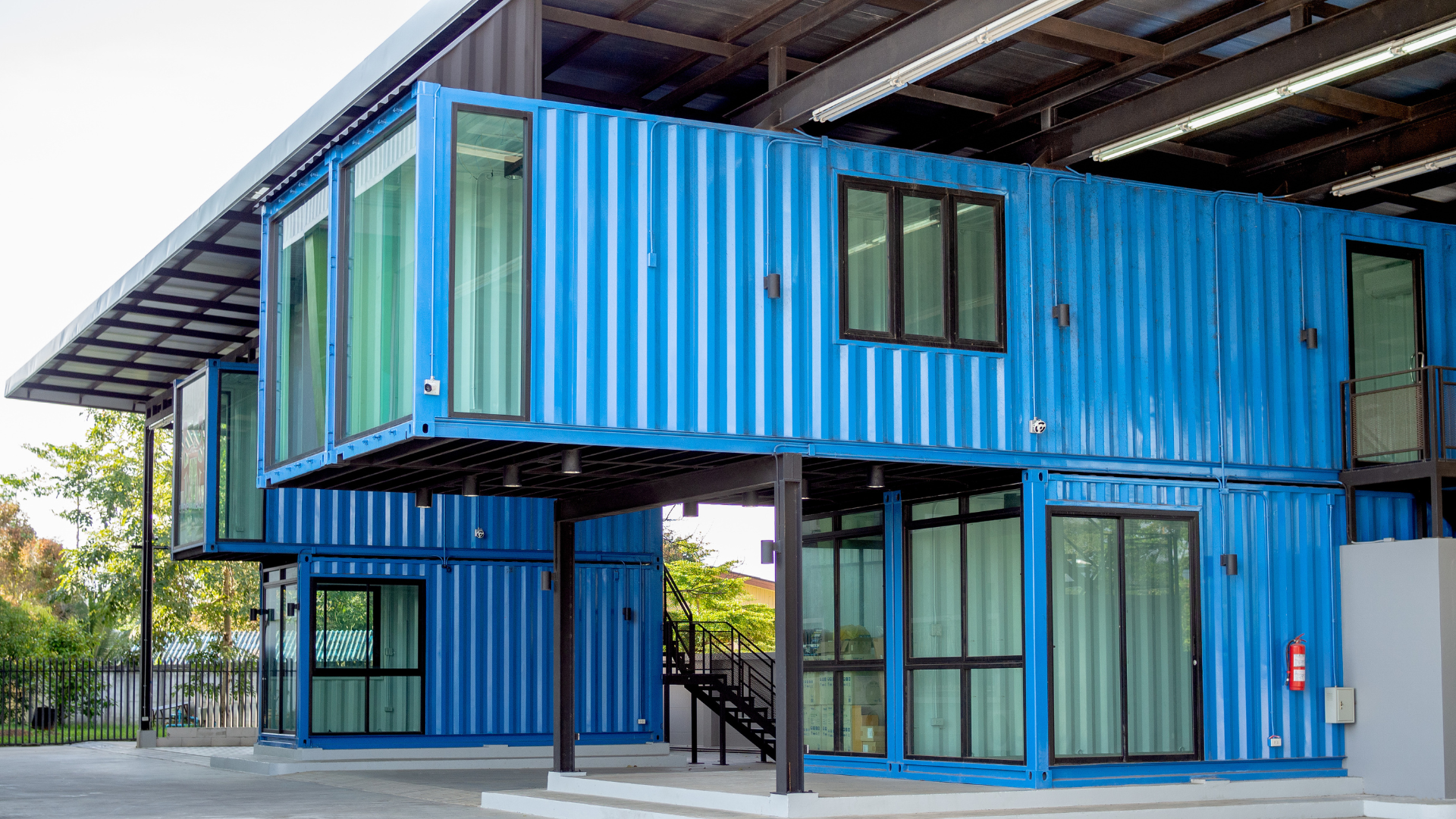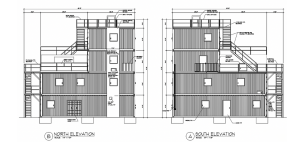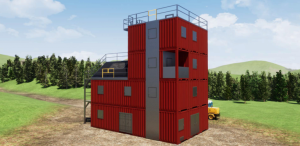Modular and Prefabricated Construction: A Game-Changer in the Building Industry

The Highland Group, a reputed general contractor firm in the Southeastern United States, is delighted to delve into the growing popularity of modular and prefabricated construction, a trend that’s revolutionizing the architecture, engineering, and construction (AEC) industry. This analysis is based largely on the Grand View Research (GVR Report) covering the U.S. Modular Construction Market Size, Share & Trends, 2023-2030*.
Modular and prefabricated construction refers to the method where a structure is built off-site and then transported to the intended location. This modern method of construction offers several benefits, including enhanced quality control, reduced construction time, minimized labor costs, and a significantly reduced waste footprint.
According to the GVR Report, the U.S. modular construction market was valued at USD 10.53 billion in 2022 and is expected to grow at a compound annual growth rate (CAGR) of 7.8% from 2023 to 2030. This growth is attributed to various factors, including a growing population, technological advancements, and economic expansion, which have in turn, benefitted the growth of the prefabricated buildings market.
Modular construction provides a high degree of efficiency, reducing labor costs, and material wastage. The off-site building also increases the safety of workers, shielding them from site-based accidents. Moreover, it offers design flexibility and customization options. Modern prefabricated techniques can accommodate a wide range of architectural styles and building types, making it a desirable choice for many.
As per the GVR report, in the U.S., areas prone to natural disasters such as hurricanes, floods, wildfires, and earthquakes can greatly benefit from modular construction. Post such events, there is an urgent need for reconstruction for the affected population. Prefabricated building methods provide a quick remedy, making modular building a preferred choice over conventional construction methods.
Permanent modular construction (PMC), an innovative and sustainable building method that facilitates off-site manufacturing of prefabricated modules, led the modular construction industry in the U.S. in 2022, accounting for a revenue share of 70.6% as per the GVR report. The popularity of PMC can be attributed to its higher quality control than on-site construction.
When it comes to material choice, steel led the U.S. modular construction industry with a revenue share of 41.4% in 2022 confirmed by the GVR report. Its mechanical and chemical properties such as high strength, durability, seismic resistance, and ease of fabrication make it an excellent choice for modular construction. Timber and concrete are also widely used materials in modular construction.
In terms of application, the residential sector dominated the market with the highest revenue share of 51.1% in 2022 outlined in the GVR report. The use of modern digital technologies, materials, and design capabilities have made modular construction an appealing choice for constructing attractive buildings that focus on sustainability and aesthetics.
In conclusion, modular and prefabricated construction is a game-changer in the building industry, offering numerous benefits over traditional construction methods. Whether you’re in the healthcare sector, hospitality, or any other commercial development, The Highland Group is ready to help you take advantage of this innovative, efficient, and sustainable method of construction.
Modular in Action – The Panama City Beach Fire Tower
To see the potential of this innovative approach to construction in action, one need only look at our current project, the Panama City Beach Fire Tower in Bay County, Florida. This prefabricated modular fire training tower is a perfect example of the efficiency and customization offered by modular construction.
The tower, which is currently under construction, will consist of six 40-foot new high cube and six 20-foot-high cube connex, providing a total of 3,220 square feet of space spread across five floors. Boasting a height of 42 feet, the tower is designed to maximize functionality with each floor offering unique dimensions – 1st and 2nd floors each offer 960 square feet, the 3rd and 4th floors provide 650 square feet each, and the rooftop spans 500 square feet.
The Panama City Beach Fire Tower demonstrates the versatility of modular construction in creating spaces that are highly functional, quickly assembled, and tailored to specific needs. This tower, when complete, will serve as a critical training ground for fire safety professionals, contributing greatly to the safety and security of our community.
Through projects like this, The Highland Group is proud to push the boundaries of traditional construction methods. By embracing the advantages of modular and prefabricated construction, we are able to deliver high-quality, durable, and efficient structures that meet and exceed client expectations. Whether you’re interested in residential or commercial development, we’re ready to help you explore the possibilities of modular construction.
ABOUT THE HIGHLAND GROUP
The Highland Group is a real estate development and commercial construction firm that specializes in real estate development, preconstruction services, general contracting, construction management, and design-build delivery. Their mission is to develop leaders committed to higher standards who have an impact on their firm and the communities in which they work and live by developing trusting relationships and building quality projects. The Highland Group has offices located in the Gulf Coast Region (501 South McKenzie Street, Suite 2, Foley, Alabama, 36535), the Tennessee Valley Region (1300 Meridian Street North, Suite 300, Huntsville, Alabama, 35801), and the Florida Panhandle Region (130 Richard Jackson Blvd., Suite 104A, Panama City Beach, Florida, 32407). They have been proudly serving clients throughout the Southeastern United States since 2005. Learn more at www.TheHighlandGroup.com
*References
GVR Report cover U.S. Modular Construction Market Size, Share & Trends Report; U.S. Modular Construction Market Size, Share & Trends Analysis Report By Product (Relocatable, Permanent), By Material (Wood, Steel, Concrete), By Application (Residential, Commercial, Industrial), And Segment Forecasts, 2023 – 2030
Website here.
Top 10 Construction Industry Trends Impacting the Field in 2024 by Fluix Website Article


